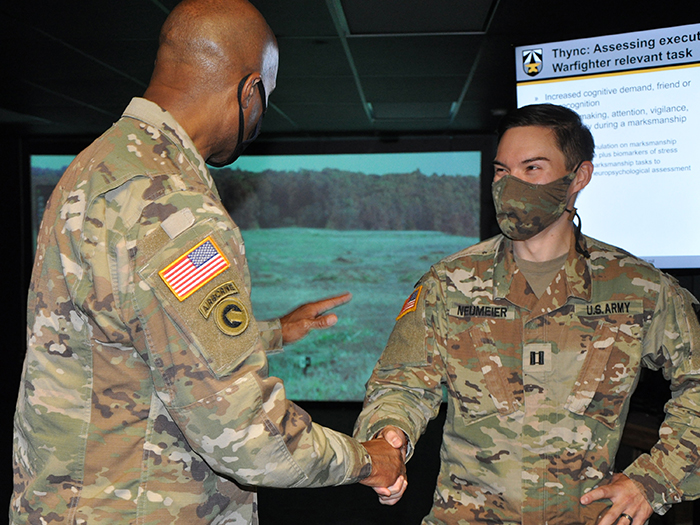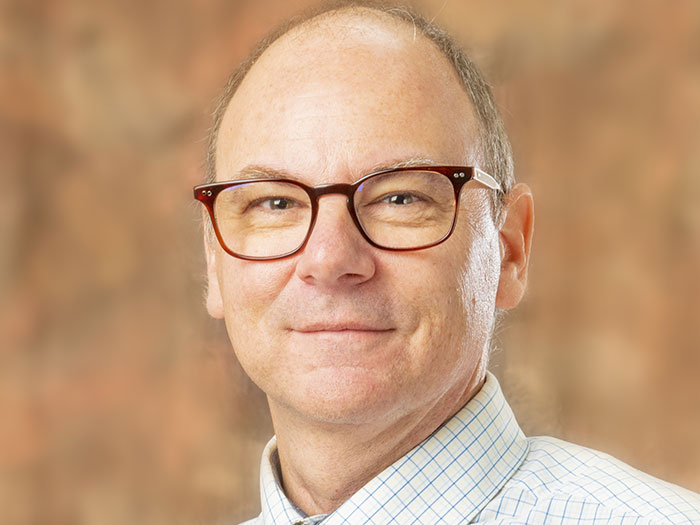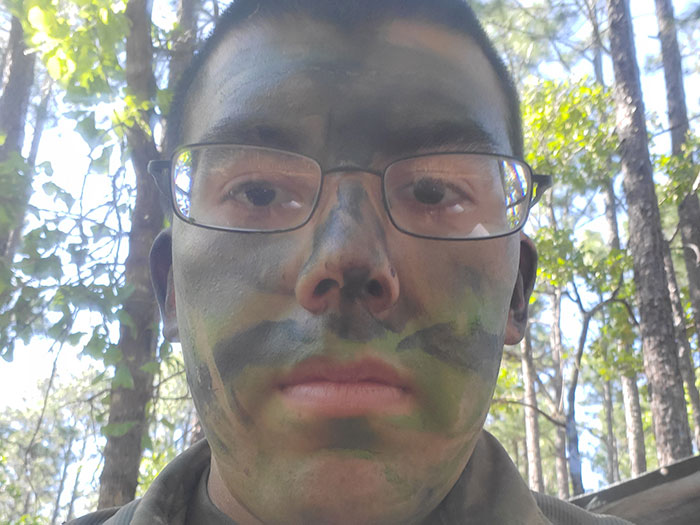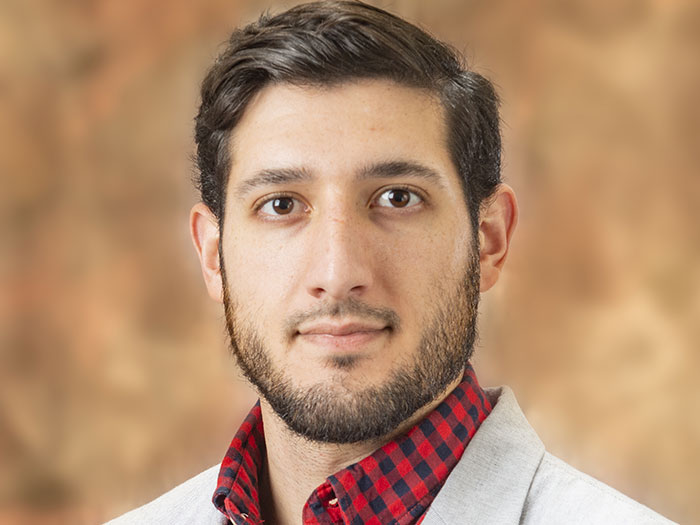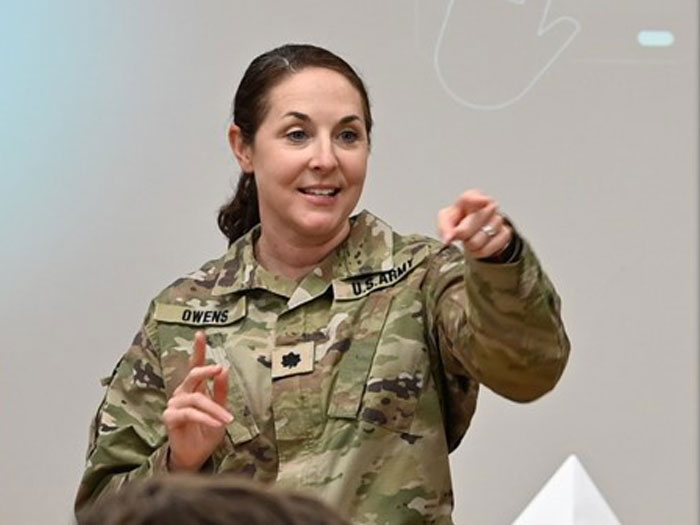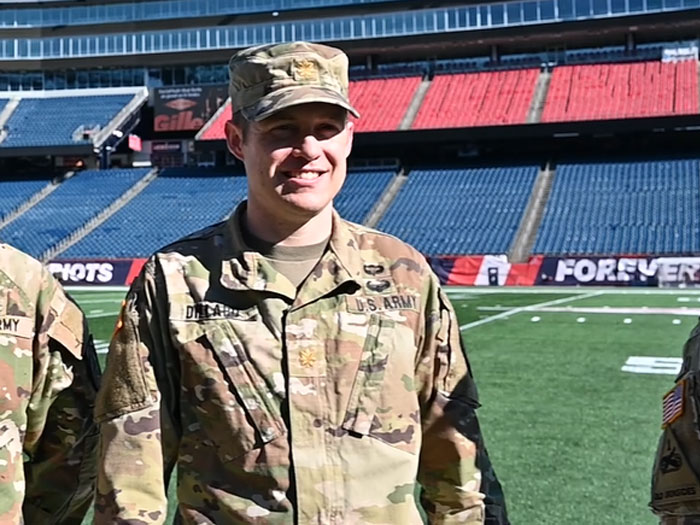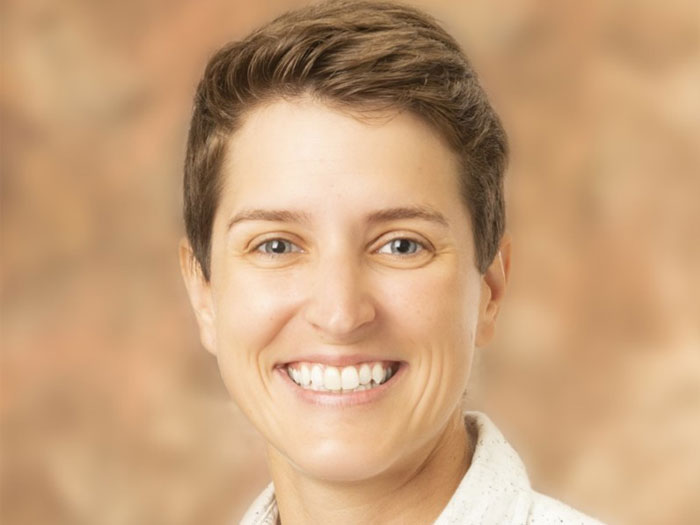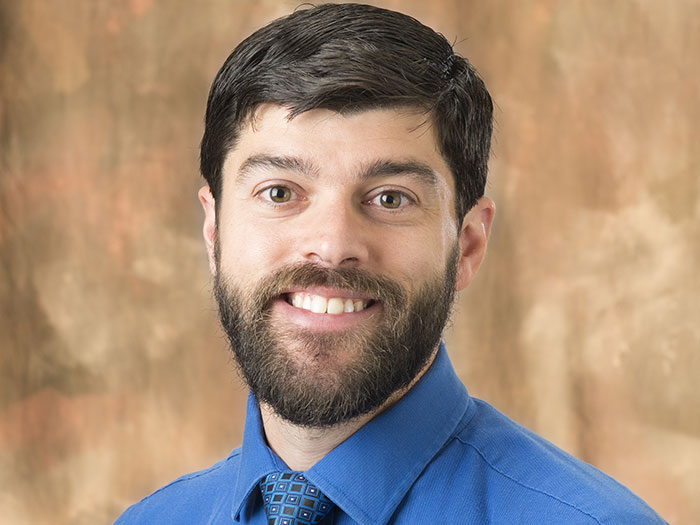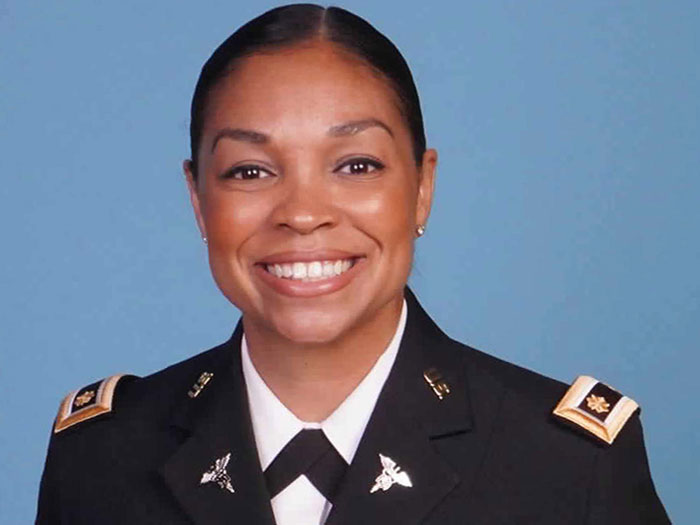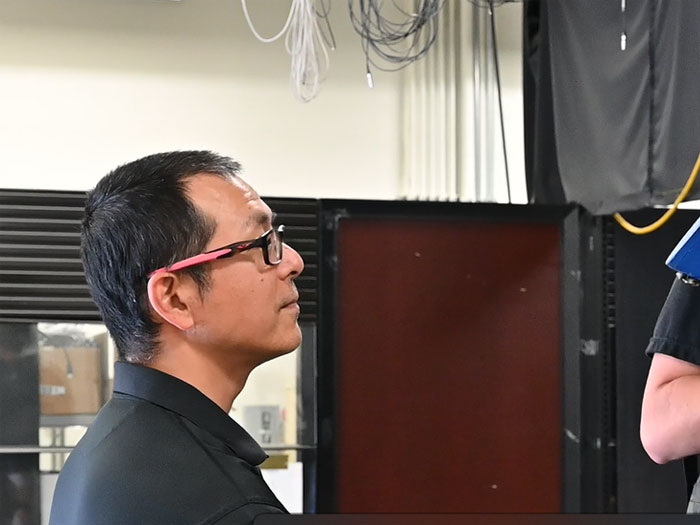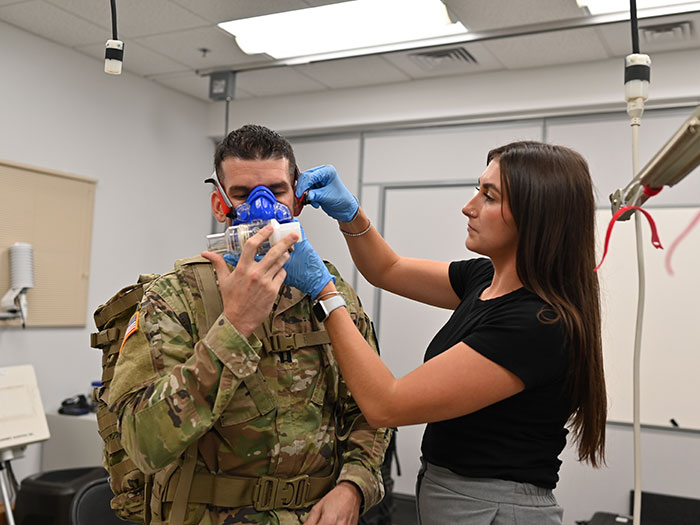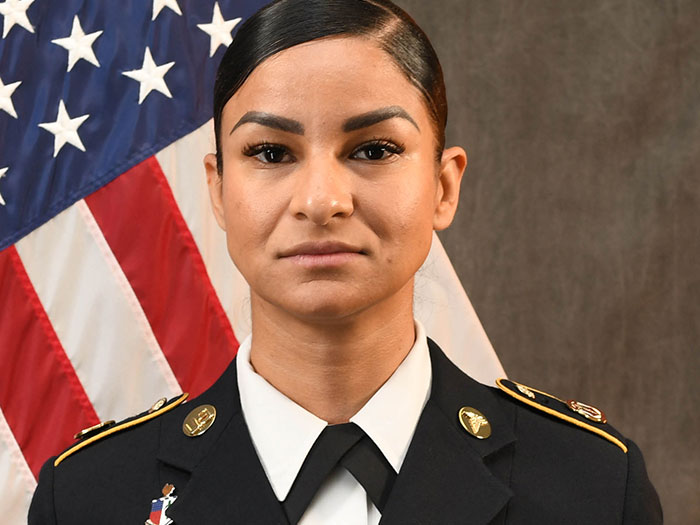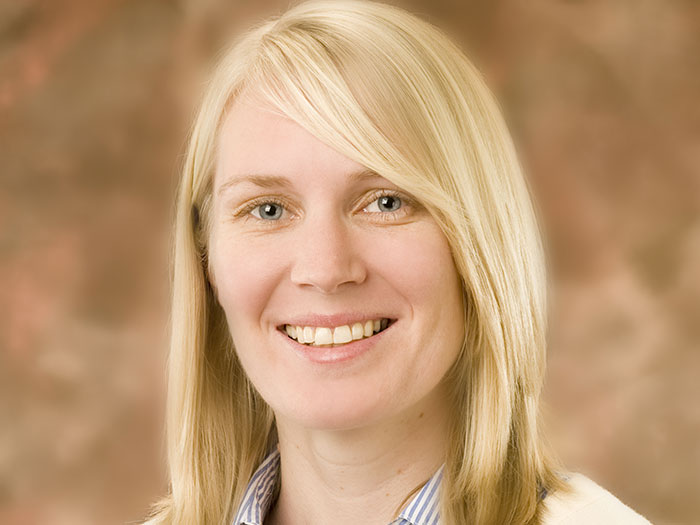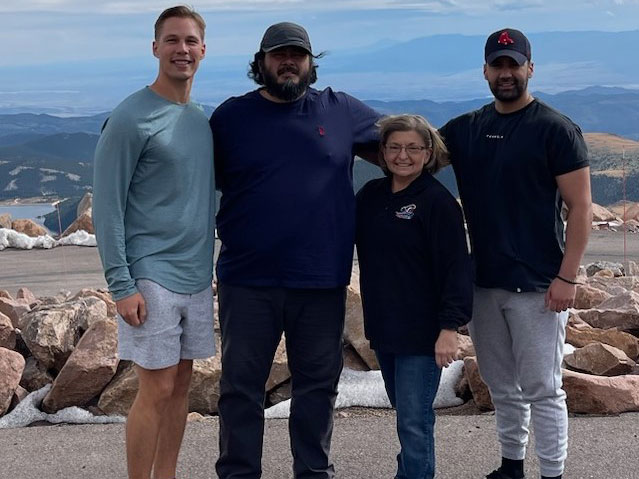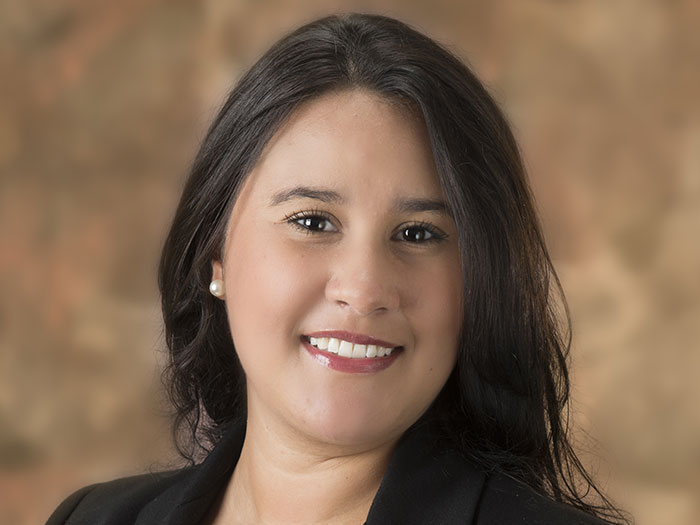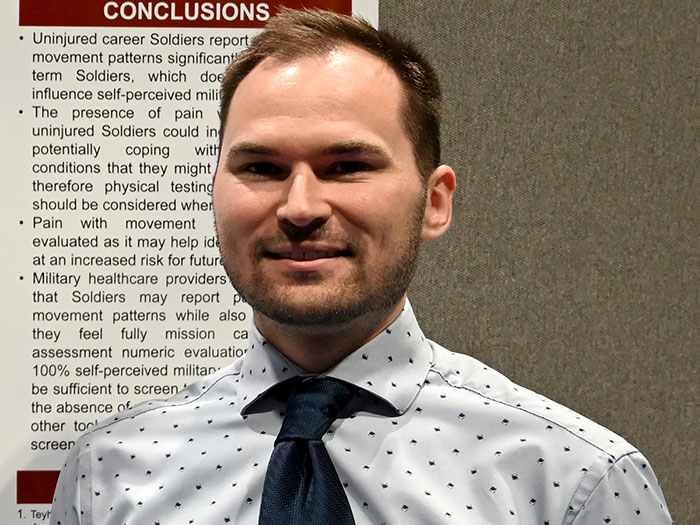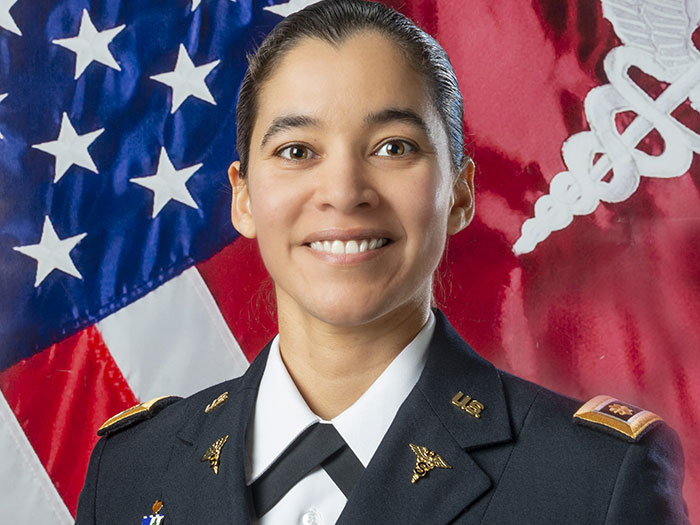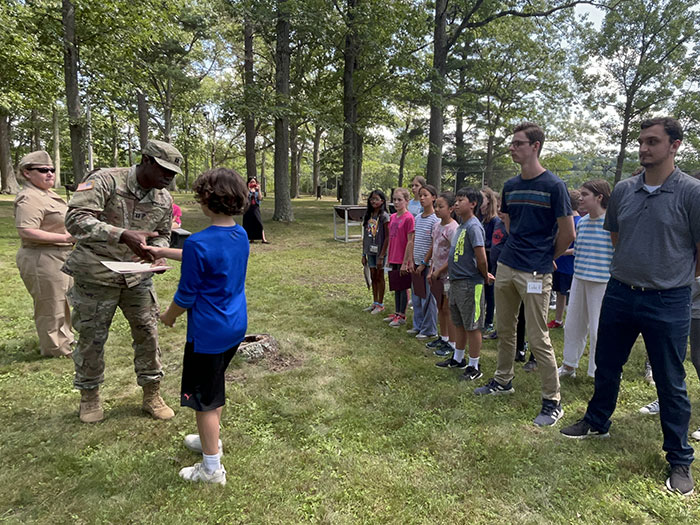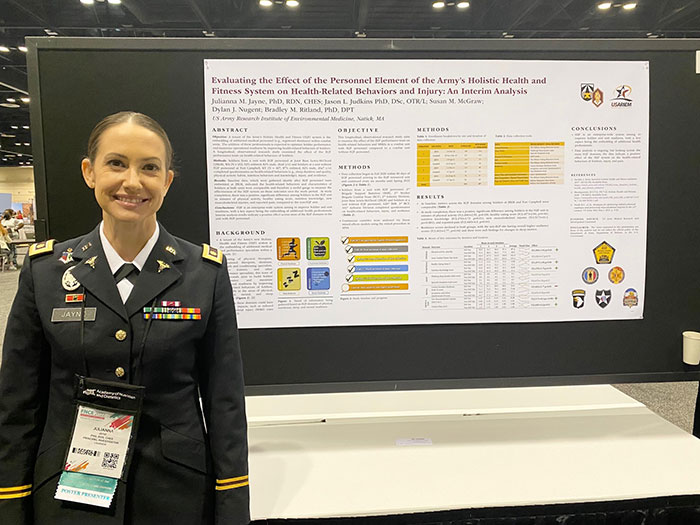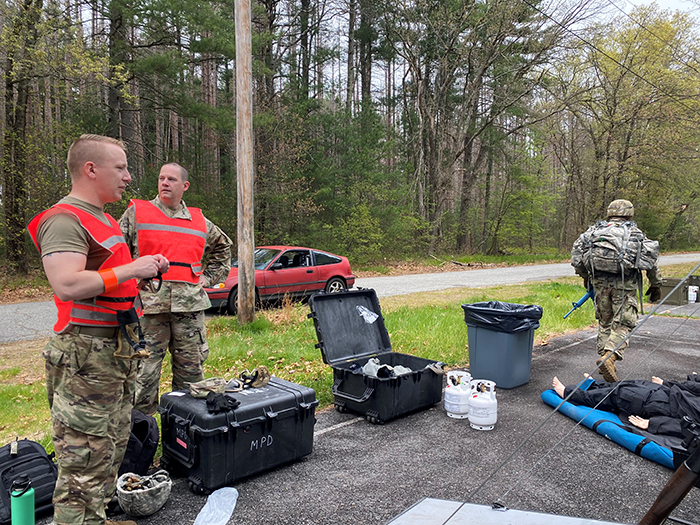Behind the Science with Kate Guerriere Aaron, Research Physiologist in the Military Performance Division
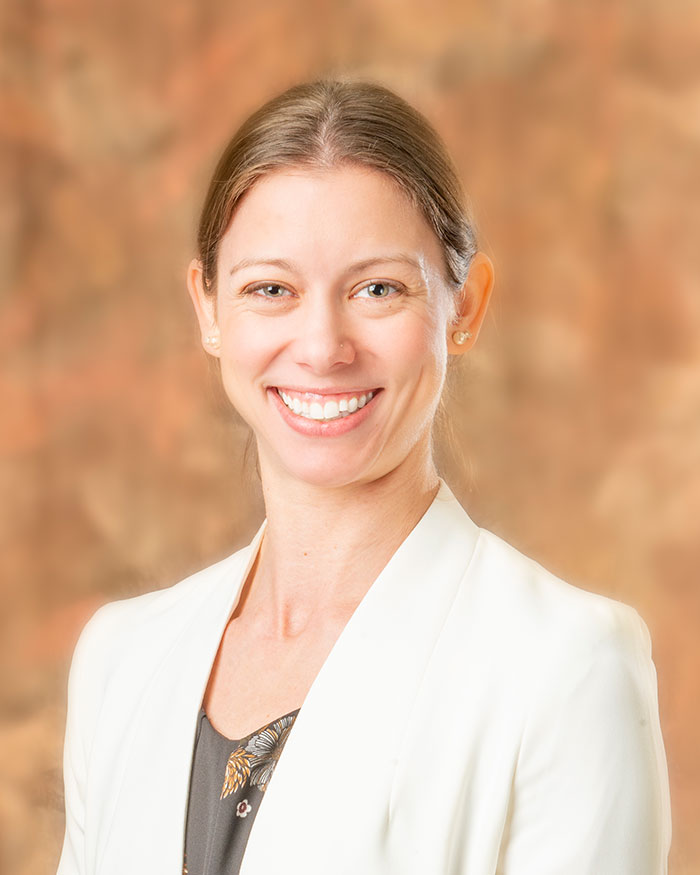
How long have you been at the U.S. Army Research Institute of Environmental Medicine?
I've been at USARIEM for over 12 years. I started as an Oak Ridge Institute for Science and Education fellow and have been a civilian research physiologist for nearly nine years; the past two as a principal investigator.
How did you become interested in Soldier Performance?
My education is in clinical exercise physiology. I have always been passionate about the concept of "exercise is medicine," particularly when it comes to disease and injury prevention.
I originally took what I thought was a summer fellowship position at USARIEM as a holdover while I explored what options existed in exercise physiology that would facilitate my goal of educating and making an impact on public health. I immediately felt the importance of the work that USARIEM does and began to talk to people here about what they were studying and how it impacts soldiers during and after military service. In short, I found a home in the innovative bone research program investigating ways to optimize bone health in soldiers, not just to support their time in service, but to support their skeleton for life.
What projects are you currently working on?
I am currently working on investigating the relationship between adaptive bone formation and bone stress injuries during U.S. Army Basic Combat Training using data from the ARIEM Reduction in Musculoskeletal Injury Study. I'm also working on establishing several collaborations with intra- and extra-mural partners to support the bone research program's strategic research goals.
What aspects of your job do you love and find most gratifying?
I think it's a unique experience, as someone without military service, to spend so much time with those who serve, particularly in the military training environment alongside young adults just beginning their service.
I also greatly enjoy the scientific collaboration. There are many bright minds at USARIEM; to have the opportunity to connect and collaborate with the people here is an honor. We are constantly challenging each other to think about scientific problems with equal parts creativity and practicality and everyone brings a different perspective to the table.
What part of your job do you find to be the most difficult?
There aren't enough hours in the day to complete all things that I would like to do; develop new research ideas with colleagues, learn new research techniques, disseminate our exciting work, conduct outreach with our partners and stakeholders. It highlights the importance of surrounding yourself with a great team and building collaborations. We can do more together than we can alone.
When you are not at the Institute, what do you like to do for fun?
Whenever I'm not at work, my family and I are on the go - balancing daily life and new adventures. My husband and I enjoy sharing our favorite activities and having new experiences with our children.
2025
2024
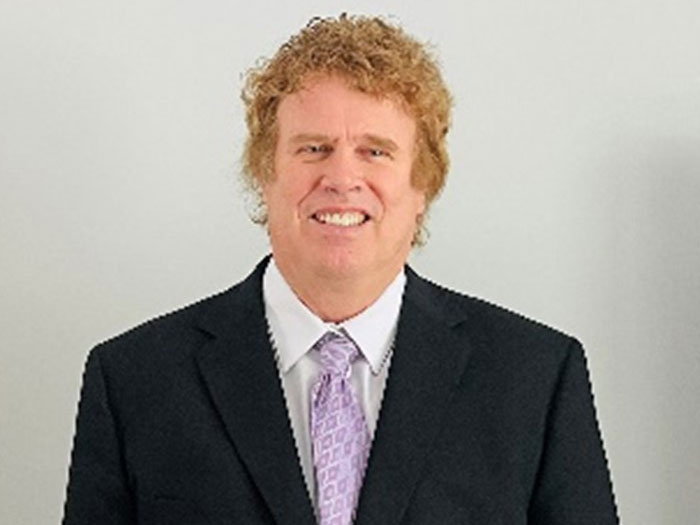

2023
